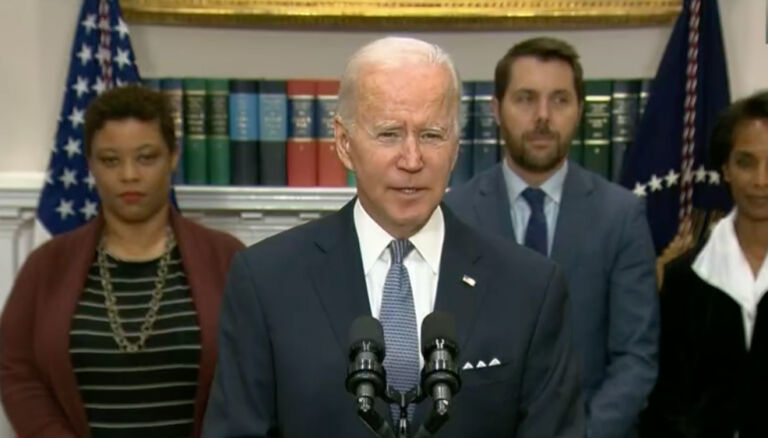Martha Bradley-Dorsey and Robert Maranto explain at National Review Online why the new president is unlikely to make meaningful change in America’s public schools.
For over a half century, from Lyndon Johnson’s Great Society to Barack Obama’s Race to the Top to the new education package within the COVID stimulus bill under Joe Biden, well-meaning presidents have tried in vain to remake America’s public schools. Why have all their efforts failed? We blame a history of ever-increasing bureaucracy that began with Napoleon and has had no end in sight since. …
… The public-school system enjoys the status of being the most layered, centralized, and massive bureaucracies in America, and federal intervention has only made things worse.
As two education analysts with a combined 70 years of studying — and studying in — U.S. public schools, we see historic explanations for the past 60 years of bipartisan school-reform failure to fundamentally change school bureaucracies. This same history also suggests that the Biden administration will get schools to hire more bureaucrats, but not to actually better serve children.
This bureaucratic behemoth was not created on purpose, at least not in its current form. Back in the early 19th century, America had small public schools that were run by local school committees, often located in houses of worship. It was a sensible arrangement when government was small and churches were the dominant social organizations.
That dynamic began to change when, in 1843, Massachusetts state education secretary Horace Mann visited Prussia. After suffering repeated invasions by Napoleon, Prussian leaders remade their schools to instill military discipline and patriotism so that students would grow up ready to fight off foreign incursions. To do this, Prussia bureaucratized schooling, with national control of schools and teacher training. Prussia’s example inspired Mann and other American reformers. Through the mid to late 1800s, American states increasingly regulated and standardized schools, paving the way for even more bureaucratic 20th-century reforms.


